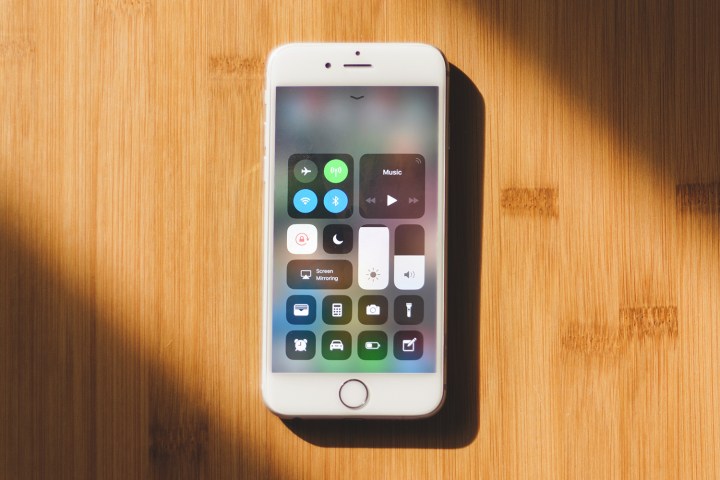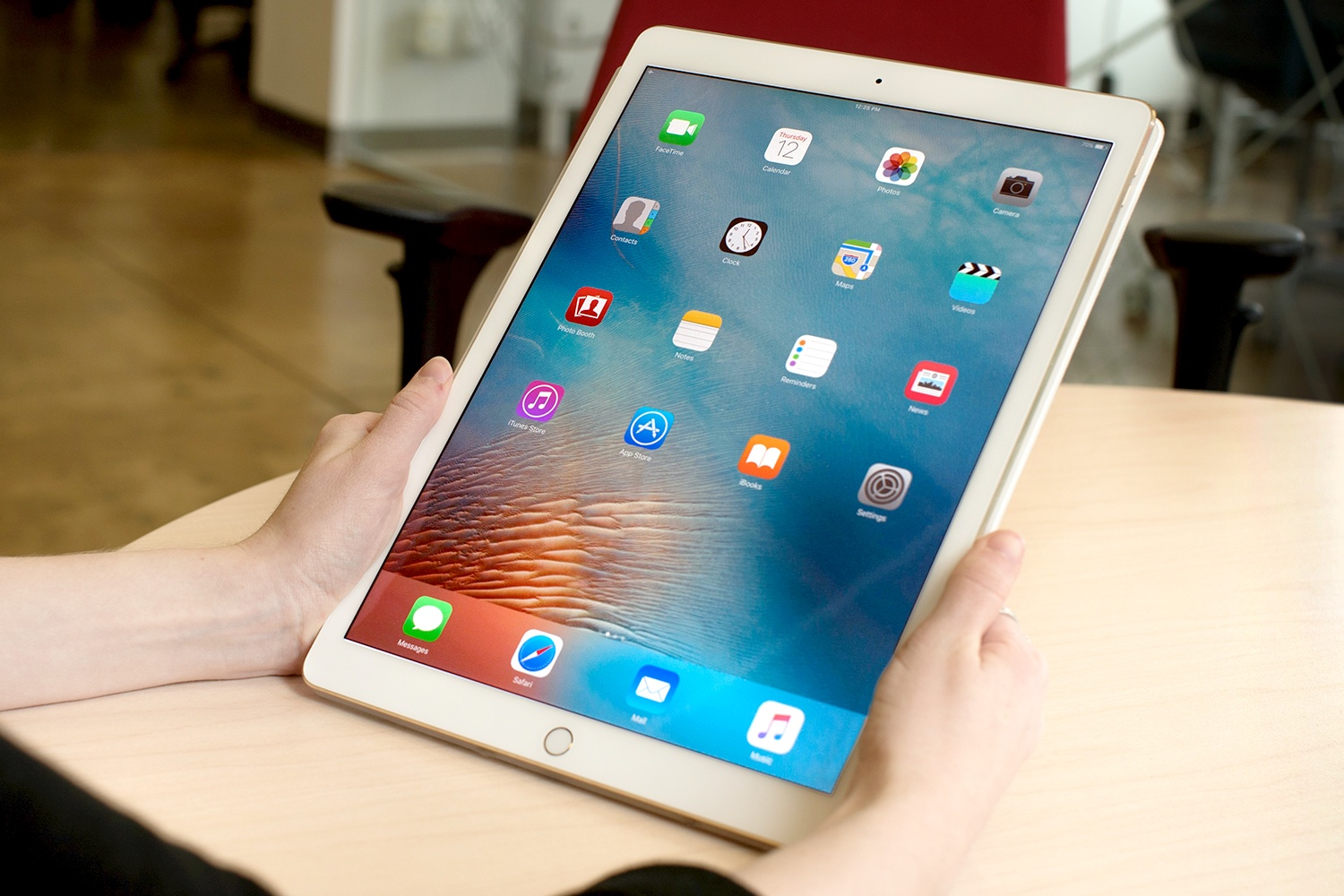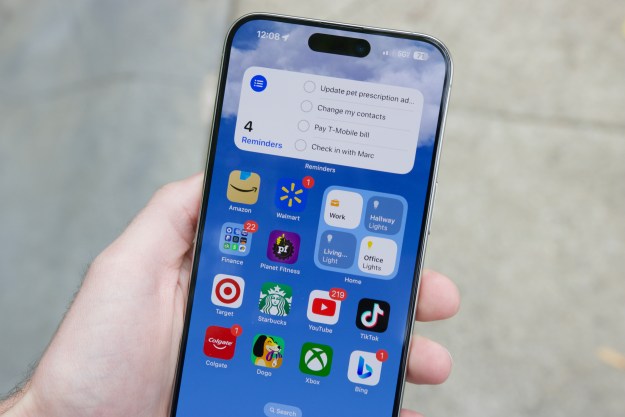
Brimming with excitement over the redesigned App Store, indoor maps, Apple Pay in iMessage, and the host of other features in iOS 11? Good news: The wait is finally over. After a months-long beta program, the newest version of Apple’s mobile operating system is finally available for the iPhone, iPad, and iPod touch.
If you’re eager to get it up and running on your iPhone, you’re not the only one. But first, you need to make sure your device is capable of running it. iOS 11 is only compatible with 64-bit devices, meaning 32-bit devices like the iPhone 5 won’t get the update; 32-bit apps will also stop working on devices with iOS 11.
Here’s which iPhone, iPad, and iPod touch devices are supported by iOS 11:
- iPhone 5s, iPhone 6, iPhone 6 Plus, iPhone 6s, iPhone 6s Plus, iPhone SE, iPhone 7, iPhone 7 Plus
- iPad Air, iPad Air 2, iPad 9.7-inch, iPad Pro 9.7-inch, iPad Pro 12.9-inch, iPad Pro 10.5-inch
- iPod touch (sixth generation)
To see which of your installed apps are compatible with iOS 11, go to your iPhone, open the Settings menu, and tap General > About > Applications > App Compatibility.
Assuming you have an iOS 11-compatible device, you’re ready to install iOS 11. But keep in mind that you might run into problems. Apple typically issues bug-squashing patches after major software releases, so if you’re worried about your iPhone’s day-to-day stability, it might be best to hold off for now.
How to back up your iPhone, iPad, and iPod touch
Before you update to iOS 11, it’s a good idea to back up your device’s data. That way if something goes wrong, it’s relatively easy to restore things to the way they were.
There are two ways to back up an iPhone, iPad, or iPod touch: Via iCloud, or via iTunes on a PC or Mac.
Here’s how to back up an iPhone, iPad, or iPod touch using iCloud:
- Connect your device to a Wi-Fi network.
- Open Settings, select your name, and tap iCloud. (If you’re using iOS 10.2 or later, scroll down and tap iCloud.)
- Tap iCloud Backup. (If you’re using iOS 10.2 or earlier, tap Backup.) Make sure that iCloud Backup is turned on.
- Tap Back Up Now.
- To make sure that the backup completed, open Settings, tap on your name > iCloud > iCloud Storage > Manage Storage, and select you device. If you’re using iOS 10.2 or earlier, tap Settings > iCloud > Storage > Manage Storage and select your device from the list.
If you’d rather back up your device using a computer, iTunes has a built-in backup function.
Here’s how to back up an iPhone, iPad, or iPod touch using iTunes:
- Make sure you have the latest version of iTunes installed, start it up, and plug your iOS device in.
- If a message asks for your device passcode or to Trust This Computer, follow the onscreen steps.
- Select your iPhone, iPad, or iPod touch when it appears in iTunes.
- If you want to save Health and Activity data from your iOS device or Apple Watch, you need to encrypt your backup by selecting Encrypt and creating a passcode. If you don’t need to save your Health and Activity data, just click Back Up Now.
- After the process ends, check to see if the backup finished successfully by clicking iTunes Preferences > Devices (on a Mac) or Edit > Preferences > Devices (on a PC).
How to download and install iOS 11 from your iPhone, iPad, or iPod touch
The easiest way to get iOS 11 is to install it from the iPhone, iPad, or iPod touch you want to update.
- Open the Settings app on your device and tap on General.
- Tap Software Update, and wait for a notification about iOS 11 to appear. Then tap Download and Install.
- Alternatively, tap Install Tonight or Remind Me Later to schedule the installation for a more convenient time.
How to download and install iOS 11 from iTunes on your PC and Mac
You can also get iOS 11 from a Mac or PC via iTunes. Here’s how:
- Make sure you have the latest version of iTunes installed, start it up, and plug your iOS device in.
- Select your device:
- If you have iTunes 11, click on the device’s icon in the upper-left corner of the iTunes window.
- If you have iTunes 11, click the Library button in the upper-right corner. Then view your iPhone, iPad, or iPod touch by clicking on the button that shows your device’s name in the upper-right corner of the iTunes window.
- If you have iTunes 10 or earlier, click on your device in the iTunes sidebar.
- Click Summary, and then click Check for Update.
- Click Download and Update.
- If asked, enter your device’s passcode.
How to switch from iOS 11 beta
If you signed up for the iOS 11 beta program earlier this year, your iPhone, iPad, or iPod touch is likely still enrolled. Luckily, switching from the iOS beta to a stable public release isn’t terribly difficult.
Here’s how to switch from the iOS 11 beta on an iPhone, iPad, or iPod touch:
- Open the Settings menu, and then tap General and Profiles.
- Tap on the Beta profile. Remove it by tapping Delete Profile.
- Enter your passcode and tap Delete a second time, if prompted.
- Shut down and restart your iPhone, iPad, or iPod touch.
Switching from iTunes is another option.
Here’s how to switch from the iOS 11 beta using a PC or MAC:
- Make sure you have the latest version of iTunes installed, start it up, and plug your iOS device in.
- While your iPhone, iPad, or iPod touch is connected, press and hold the Sleep/Wake and Home buttons at the same time. Release them you see the Apple logo and the iPhone, iPhone, iPod touch enters Recovery Mode.
- Tap Update on your PC or Mac when prompted.
- Tap Update a second time to download and install the public, non-beta version of iOS 11, and tap Agree on your PC or Mac to agree to the Terms and Conditions.
Want to know what’s new in the latest update? We break down all the new features in iOS 11, and you can also read our full review of the operating system.
Editors' Recommendations
- Best refurbished iPhone deals: Get an iPhone 14 for $513
- iPhone SE 4: news, rumored price, release date, and more
- Best iPhone 15 deals: How to get Apple’s latest iPhone for free
- When will Apple release iOS 18? Here’s what we know
- This could be our first look at iOS 18’s huge redesign





